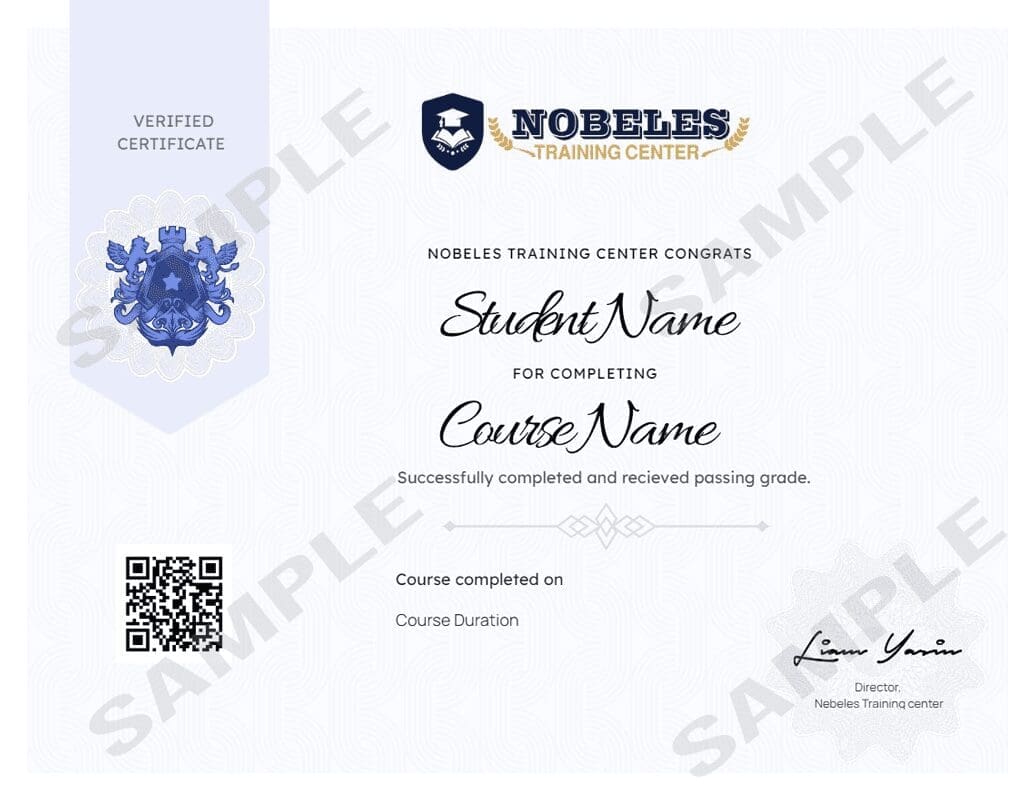Description
Curriculum
Instructor
Constructive criticism can be helpful when used with the intent of helping or improving a situation in the workplace. However, it can be one of the most challenging things, not only to receive, but also to give. It can often involve various emotions and feelings, which can make matters delicate. But when management learns effective ways to handle and deliver constructive criticism, employees can not only learn from their mistakes, but even benefit from them.
Please enter your name and email to view the content:
Curriculum
- 11 Sections
- 11 Lessons
- 8 Hours
Expand all sectionsCollapse all sections
- When Should Feedback Occur?Feedback should occur regularly and promptly, ideally after specific tasks or behaviors. Timely, relevant feedback enhances learning, reinforces positive actions, and addresses areas for improvement, fostering continuous growth and development.1
- Preparing and PlanningPreparing and planning for delivering constructive criticism involves gathering specific examples, outlining key points, and choosing an appropriate setting. This ensures clear communication, fosters a positive environment, and encourages receptiveness to feedback.1
- Choosing a Time and PlaceChoosing a time and place for delivering constructive criticism is crucial. Opt for a private, comfortable setting and a moment when the recipient is receptive, ensuring focused attention and minimizing distractions for effective communication.1
- During the Session (I)During the session, maintain a calm and respectful demeanor. Start with positive feedback, clearly articulate the issues, provide specific examples, and encourage open dialogue to foster understanding and promote a constructive exchange.1
- During the Session (II)During the session, actively listen to the recipient's perspective, validate their feelings, and ask clarifying questions. This fosters a supportive atmosphere, promotes collaboration, and helps in co-creating solutions for improvement.1
- Setting GoalsSetting goals involves collaboratively defining clear, achievable objectives based on feedback. These goals should be specific, measurable, attainable, relevant, and time-bound (SMART), guiding the recipient towards improvement and fostering accountability.1
- Diffusing Anger or Negative EmotionsDiffusing anger or negative emotions involves remaining calm, validating feelings, and using empathetic communication. Acknowledge concerns, redirect focus towards solutions, and encourage open dialogue to create a supportive environment for constructive discussion.1
- What Not to DoWhat not to do when delivering constructive criticism includes being vague, using aggressive language, focusing solely on negatives, interrupting, or personalizing issues. Avoiding these behaviors ensures a respectful and productive conversation.1
- After the Session (I)After the session, follow up to discuss progress on the established goals and provide additional support. Reinforce positive changes and encourage ongoing communication, fostering a continuous improvement mindset and strengthening the relationship.1
- After the Session (II)After the session, gather feedback on the discussion to understand the recipient's perspective. Reflect on the effectiveness of your communication, and adjust future approaches as necessary to enhance ongoing development and support.1
- Post-TestPost-Test1
Nobles Center

5 Students146 Courses
Review
$225.00
288 students
11 lessons
Language: English
0 quiz
Assessments: Yes
Skill level All levels
Nobles Certificate
At the end of the course, you can download a copy of your certified certificate.
Nobeles Academy
Mobile Application
Download the Nobeles center mobile app from the app app store, click the button below


